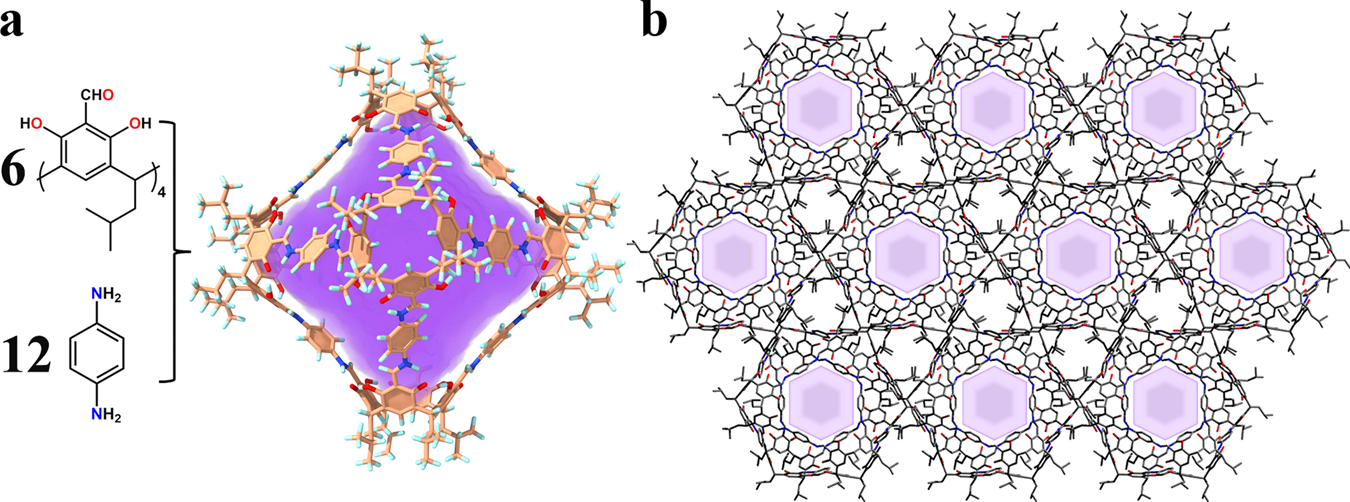

In this work, we developed a strategy called Multiple Simulated Annealing-Molecular Dynamics (MSA-MD) which is a highly accurate prediction method combined Simulated Annealing-Molecular Dynamics (SA-MD) and empirical based screening for peptides. It is widely used for the optimization of structures from experimental methods 18, 19, comparative protein modeling 20, 21, or studying the conformational dynamics of protein or peptide folding and unfolding 22. To enhance conformational sampling, SA algorithm is to start the simulation at high temperature to overcome barriers followed by gradual cooling (annealing) to reach low energy regimes 17.

However, it need to parallel a lot of replicas simultaneously in order to get better overlap between the neighboring energy 16, which needs relative high computational demands. developed REMD method which can overcome the multiple-minima problem by simulating several replicas independently and simultaneously exchanging non-interacting replicas (neighboring pairs) of the system by performing CMD at several temperatures to obtain good prediction 15. has successfully predicted a “Trpcage” protein by using CMD method 14, but the currently possible time scales still limit the sampled conformational space of biomolecules. For example, using MD simulation to perform protein or peptide structure prediction is one of the main types of ab initio methods, which include conventional molecular dynamics (CMD), simulated annealing molecular dynamics (SA-MD), replica exchange molecular dynamics (REMD) and some other methods through adding new algorithms in the above mentioned MD simulation 8, 9, 10, 11, 12, 13. The problem itself has occupied leading scientists for decades, which remains one of the top outstanding issues in modern science.Īt present, some of the most successful ab initio methods have a reasonable probability of predicting the folds of small, single-domain proteins within 1.5 angstroms over the entire structure. Ab initio protein or peptide structure prediction refers to an algorithmic process by which protein tertiary structure is predicted from its amino acid primary sequence. In addition, compared with larger proteins, one major obstacle in predicting peptide structures is the limited number of solution structures are available 7. Even the proteins with high sequence identity may have different native structures 6. But without human intervention, comparative models result in low-accuracy due to errors as a result of inaccurate sequence alignment and inability to identify and correctly model domains, such as loop and ligand-binding regions 5. The 3D structure of a protein can be predicted through comparative modeling based on the amino acid sequence and X-ray crystal structures of proteins with more than 30% sequence identity 4. The molecular simulation techniques for protein or peptide structure prediction can be divided into comparative modeling and ab initio prediction. To uncover the mystery of how proteins or peptides folding, molecular simulation techniques, as complementarities with experimental methodology, are frequently used for prediction and optimization of protein or peptide structures 3. Moreover it is hard to perform experimental study of the folding mechanism.

Hence, the majority of protein or peptide structures have not been resolved.
CONFORMER SEARCH IN MATERIALS STUDIO CODE
However, considering the number of new sequences that are delivered by each genome project, present estimates of the number of hypothetical peptide code sequences in the complete prokaryotic genomes available today are on the order of 1.5 million, which is much higher in eukaryotes 1, 2.

In addition, the folding mechanism also gives much more insight into the function of protein or peptide. Peptide plays many biological functions such as hormones, neurotransmitters to antibiotics and so on. Protein and peptide tertiary structures are of paramount importance for understanding their function, as well as the interactions with other molecules.


 0 kommentar(er)
0 kommentar(er)
